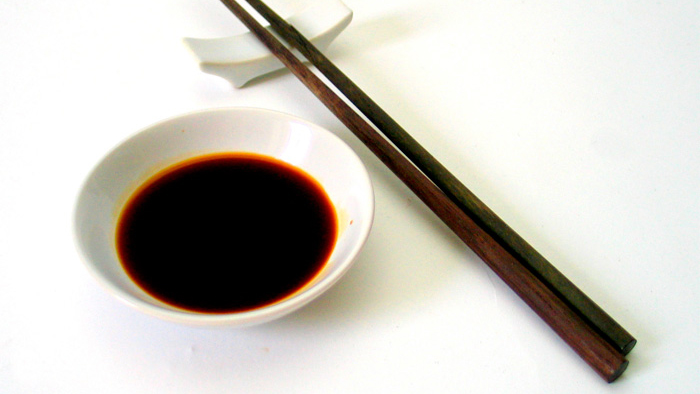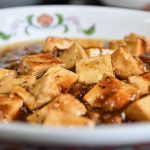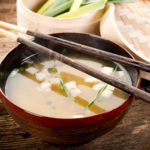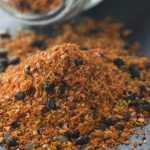We know it by different names, the most common one? Soy sauce, but there are also other names such as soy sauce or shōyu in Japanese. A condiment that in the last two years has managed to revolutionise cuisine all over the world. Soy sauce is no longer just a staple in Asian cuisine, but also in Western cuisine, adapting perfectly to its dishes. Do you want to know more about it and its varieties? We tell you about it.
Origin and history
The main ingredients of soy sauce are soybeans, cereals (either wheat or barley), water and salt. This ancient recipe originated in China some 2500 years ago, from where it quickly spread across the continent. Soy sauce is therefore one of the oldest condiments in the world. Over time, its use spread to other Asian countries, such as Japan, the Philippines, Malaysia, Indonesia, etc., making it an essential condiment in the cuisines of these countries. Today we find a wide variety of soy sauces, most of which can be found in our online shop.
Buy soy sauce online
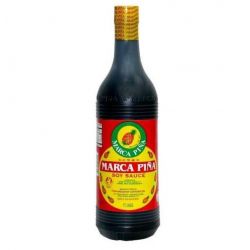
Salsa de soja (MARCA PIÑA) 1000ml
5,95 €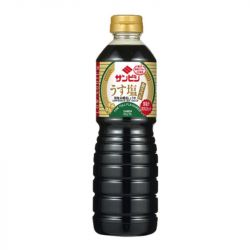
Salsa de soja Baja en Sal (SANBISHI) 800ml
6,47 €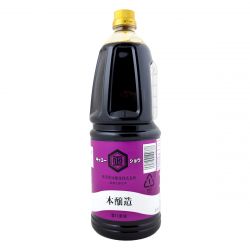
Salsa de soja oscura (SHIBANUMA) 1,8L
11,95 €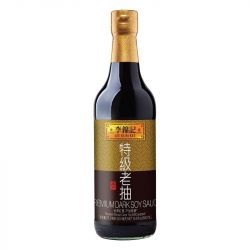
Salsa de soja oscura (LKK) 500ml
4,15 €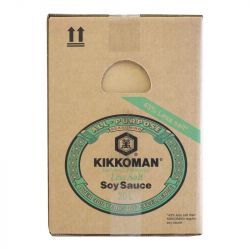
Salsa de Soja Baja en Sal (KIKKOMAN) 20lt
98,95 €
Salsa de soja en sobre monodosis (JIAJIASHAN) 200sobresx8g
22,95 €
Here are the main varieties:
- >Classic Soy Sauce: this is the most common of them all and can be found in 150 ml format (a small format for use in small quantities) or in 1 litre or 500 ml format.
- Light soy sauce: also known as “mild” or “usukuchi”, it is a more fluid sauce, with a saltier taste and is used to season dishes such as fish, vegetables or soups, avoiding at all times to darken any of these dishes.
- Dark soy sauce: unlike “usukuchi”, this soy sauce has a stronger flavour and a darker colour (sometimes thickened with caramel). It is the most commonly used.
- Low-salt” soy sauce: one of the essential ingredients of this type of sauce is salt, a condiment that should not be abused and should be controlled in our diet. For those who have to keep a strict diet on this condiment but wish to be able to season their dishes with this variety of sauce, Kikkoman offers this possibility in 150 ml format, ideal for salads.
- Gluten-free” Soy Sauce: in Spain we have a large number of people with coeliac disease who have to keep an exhaustive control of their diet. For this public, Kikkoman has developed a “gluten-free” variety so that anyone can enjoy the flavour of this sauce in their dishes.
- Sweet Soy Sauce: this is the sweeter version of the Dark Soy Sauce.
- We finish this review of the TOP Soy Sauces by mentioning a particular variety that stands out for its double fermentation, a thicker sauce and stronger flavour used essentially to accompany Sushi and Sashimi.
Frequently asked questions and answers about soy sauce
What is soy sauce made from?
As there are many varieties of soy sauce, some of them have unique ingredients, but the basic ingredients are: water, soybeans, cereals (wheat or barley) and salt.
What are the benefits of soy sauce?
Soya beans are high in polyunsaturated fatty acids, which are important for the brain, heart and blood vessels. Its high fibre content has a positive effect on digestion. In addition, soy contains essential amino acids that cannot be produced by the human body but are necessary.
What are the properties of soy sauce?
Classic soy sauce has, per 100 g, about 53 calories. It has almost no fat, only 0.6 g, and is rich in sodium (5,493 mg) and potassium (435 mg). It is 8% proteins and 4.9 g carbohydrates.
What is the taste of soy sauce?
Soy sauce is a condiment with an extremely rich aroma. A well-fermented soy sauce is said to balance the five tastes: salty, sweet, bitter, sour, sour and umami, known as the fifth taste.

